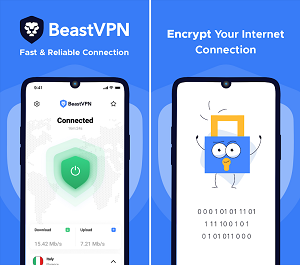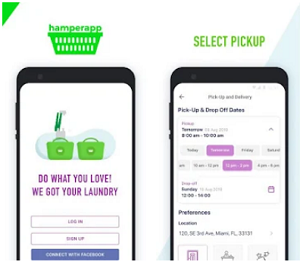Expanding into new markets is the backbone of growing a business. For international ecommerce success, if you don’t speak the language of your audience by localizing your message, your growth is likely to be inhibited.
The United States is currently the top destination for online shoppers abroad. Around the rest of the world, 15.4% of all retail sales in the UK happen online, closely followed by China (13.8%), Norway (11.5%), and Finland (10.8%).
Global online spending claimed 7.4% of all retail spending in 2016, and is predicted to rise by as much as $4 trillion by 2020, claiming 15% of the world’s retail sales. By 2020 it is predicted that almost half of all online shoppers will purchase products and services online from an overseas ecommerce business – that’s nearly 1 billion consumers.
Connect with Your International Audience for Successful Ecommerce
The complexity of translation and localization can be a huge challenge for businesses intending to increase profits through international trade.
For Australian shoppers, purchasing textbooks from an English retailer won’t pose a problem – spelling, grammar and syntax is relatively similar. However, a recent Forrester report notes that 95% of Chinese online customers prefer to shop on websites that cater for their language, whilst Europe has a sizable 42% expecting the same localized website experience. Evidently, language plays a much larger role in these purchasing decisions.
The ability to present your product or service to international consumers in the appropriate language must be at the center of expansion strategies if you want your business to succeed. However, native languages must be treated with care: Poor translations are at the heart of many stories about international marketing campaign failures. This faux pas ensures companies are noticed, but for all the wrong reasons.
Functional and Cultural Expectations are Both Key to Successful Translations
Successfully translating website content for cross-border ecommerce means taking both functional and cultural expectations into consideration. The easiest to recognize of the two is functional, as it is logical rather than tradition- or experience-based. Some examples of functional changes are:
- Date and time formats (05/13/17 versus 13/05/17)
- Text direction and telephone number format (left to right vs right to left and (020)123-4567 vs +4420 1234 567)
- Weights, measurements, and currency (metric vs imperial, AUD vs JPY)
Traditional and cultural aspects are harder to define, and are typically where a marketing campaign will run awry. Simply translating word for word will not suffice, and can cause confusion or offence in your new target market.
Translating successfully to native content requires a number of different elements that are found within a culture: Images, icons, humor etc. These must be taken into consideration simultaneously.
Unfortunately, it is all too easy to be culturally insensitive or oblivious, which Proctor & Gamble proved when launching Pampers diapers in Japan. Sales were initially slow until some research revealed that their packaging, which included an image of a stork delivering a baby, confused and concerned Japanese parents. In Japanese folklore, babies are delivered to parents on giant floating peaches.
Localization is the Path to Global Ecommerce Success
After a difficult start for Coca-Cola in China, where they had mistranslated their brand name to comic affect, Coke seemed to learn from their mistake and put localization at the heart of their Australian Share-a-Coke campaign when they took it to a global audience.
Obviously the 150 most popular Australian names needed to change, and did, for Denmark, Norway and the UK, but they recognized that localization goes beyond name changes. The massive variations of first names in China made a simple name swap impossible, instead, Coke bottles displayed common nicknames such as Classmate and Close Friend as well as popular compliments from Chinese social media. Coke enjoyed a spike in sales for the region as the youth market connected with the message.
The Local Language of Successful Business
Increasing a business’ profits via globalization is certainly the way of the future, and reaching out to new markets through cross-border sales will be a growing opportunity for years to come. To make the most of these opportunities, businesses must put linguistic messages and the correct localization of them at the heart of their campaign strategies to successfully expand across geographic barriers. Investing in quality localized translations will ensure you reach your markets with the right messages, grow your bottom line and become less dependent on your own location.



